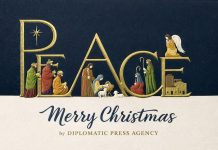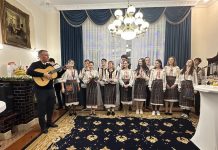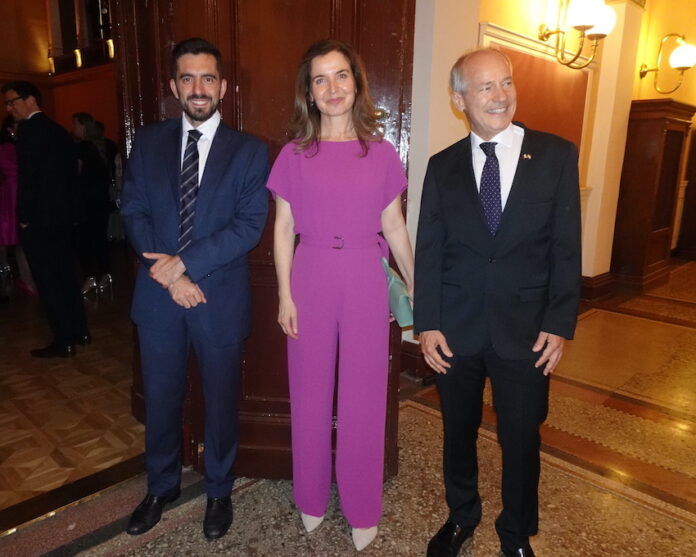Edited by Anna Popper
The Republic Day of Italy is observed annually on 2nd June, commemorating the day of the institutional referendum of historical importance in 1946, to decide the form of government in the country. The Italians voted for a republic against the monarchy, which had been discredited during World War II.
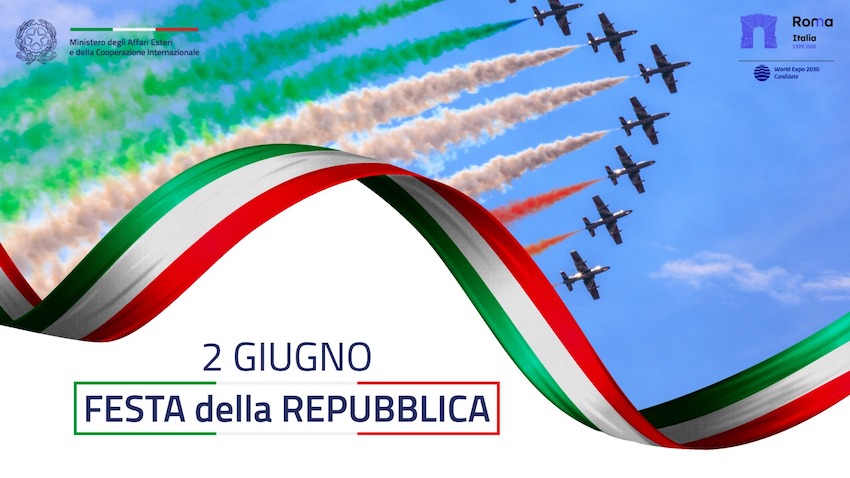
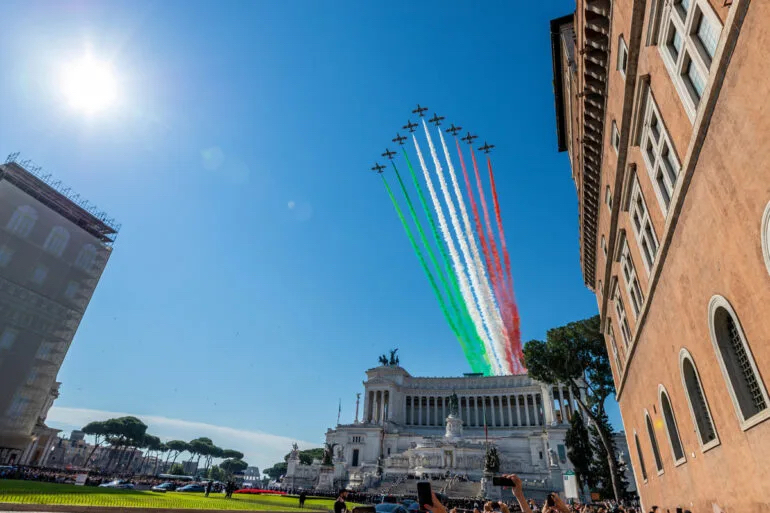
Celebrating this landmark anniversary, the Italian Embassy in Budapest organised a grand reception after years of hiatus due to the COVID-19 pandemic. Over 500 guests attended the traditional event at the Italian Cultural Institute, including officials of political and social institutions, members of the diplomatic corps, business and cultural circles, representatives of Italian and Hungarian civil society, Italian nationals and friends of this great country.

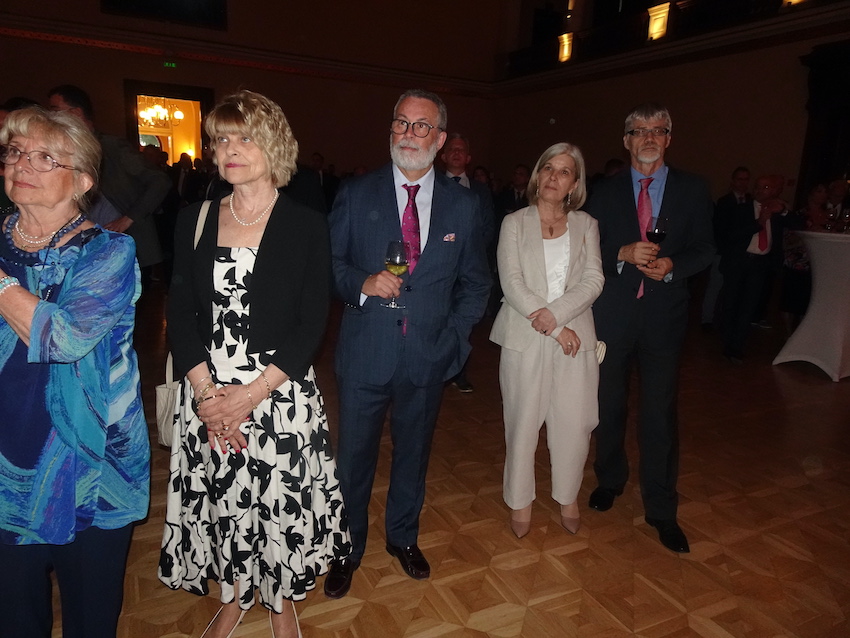
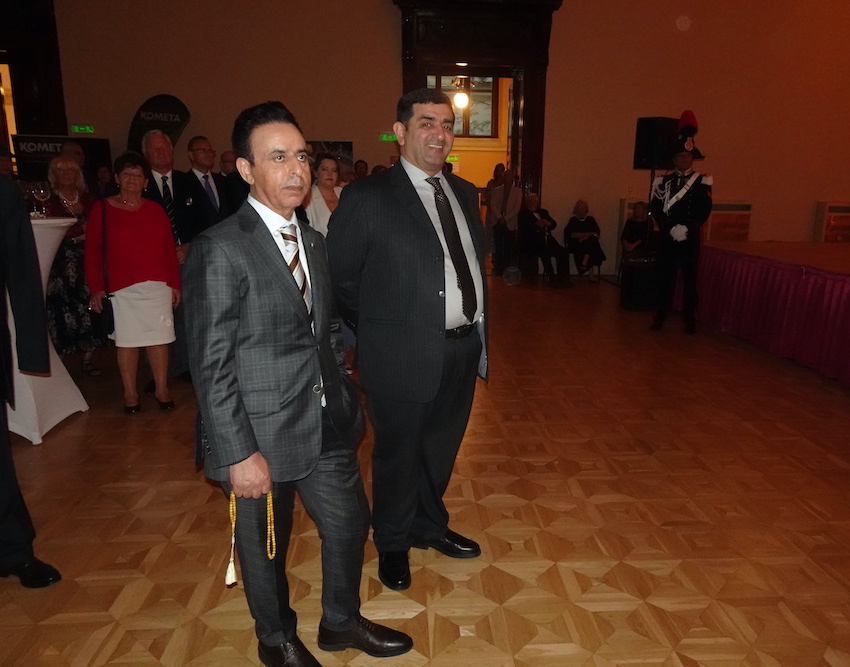

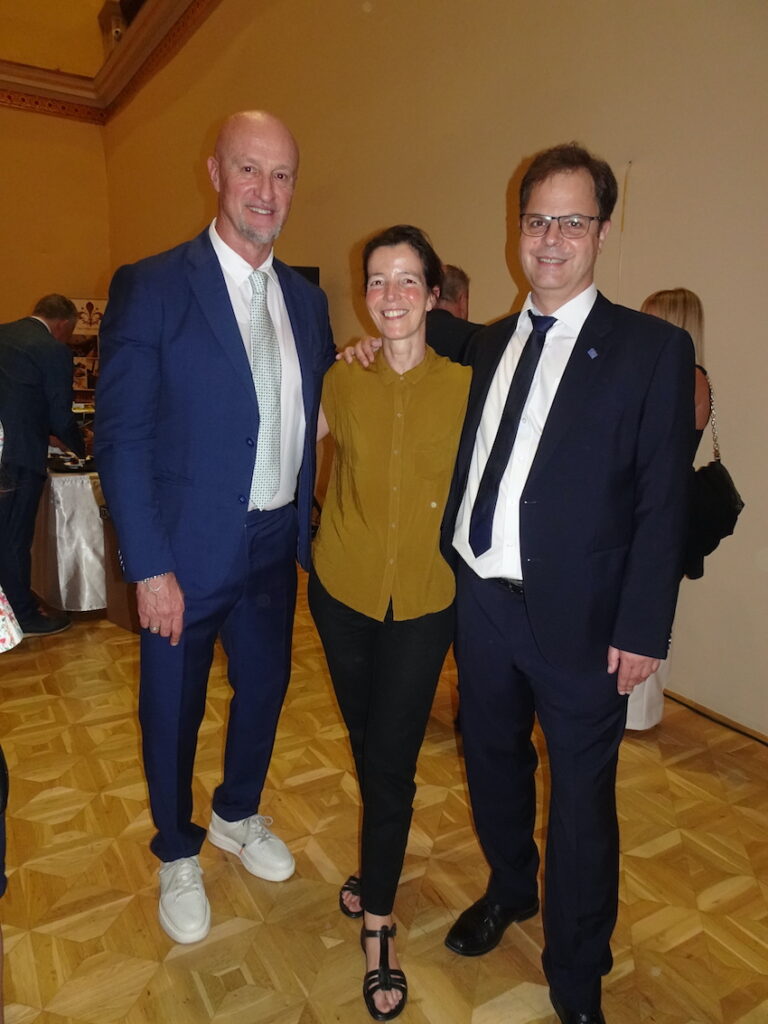


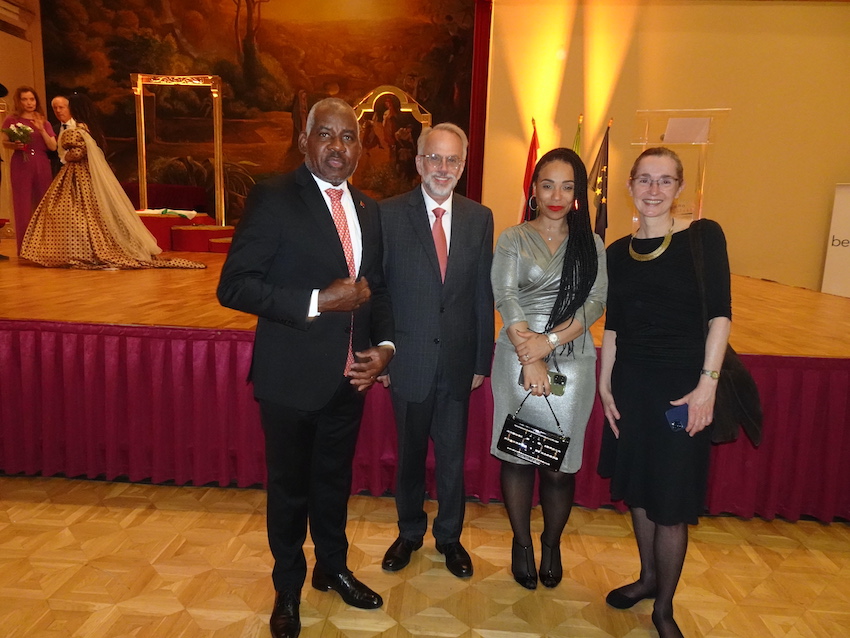
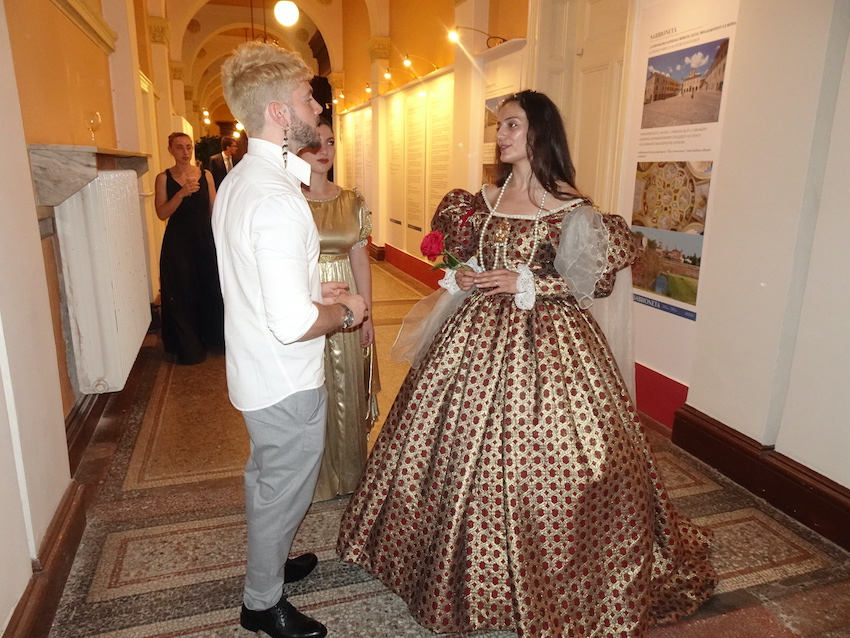
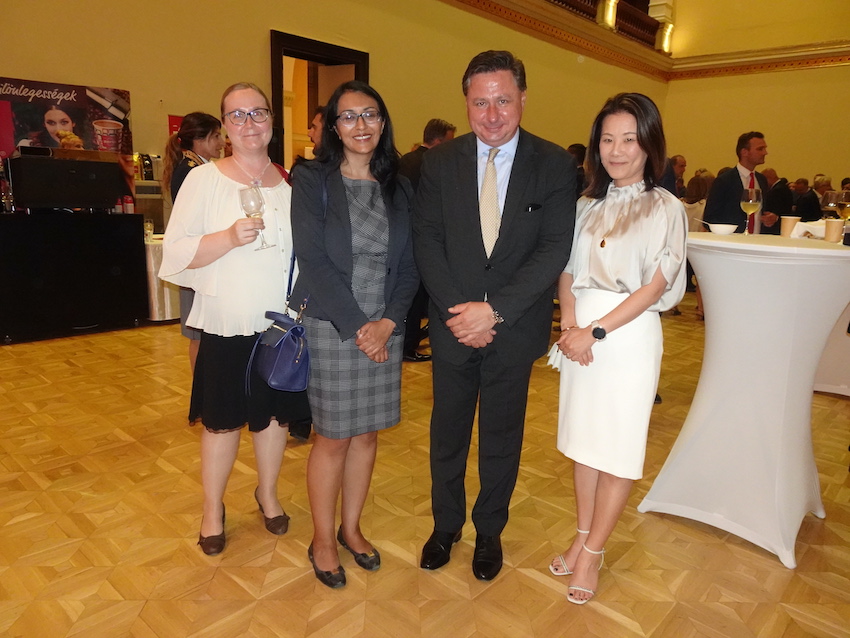

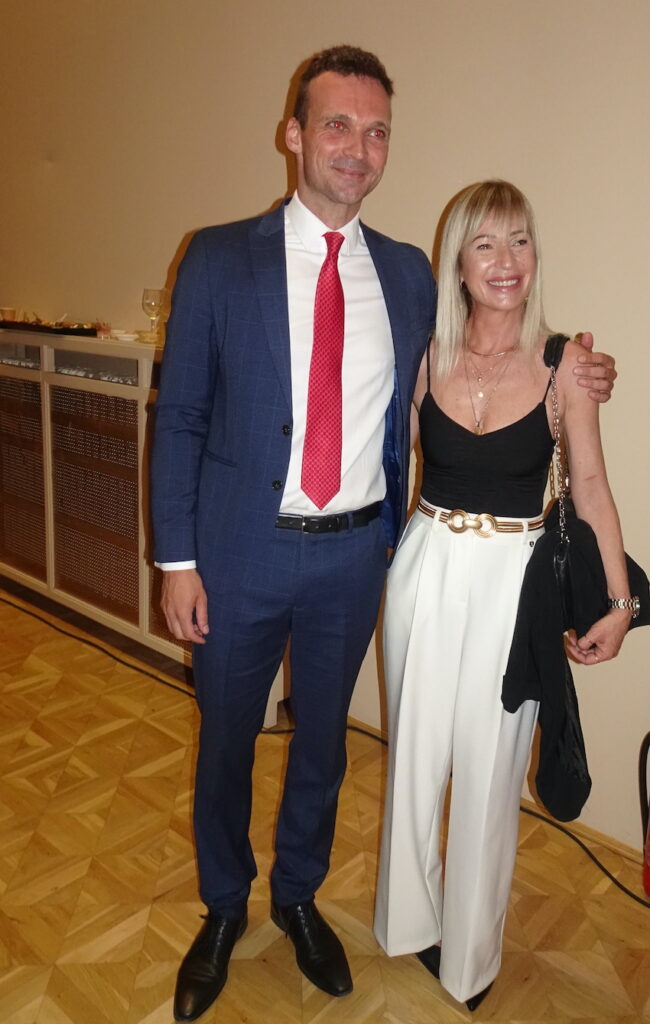
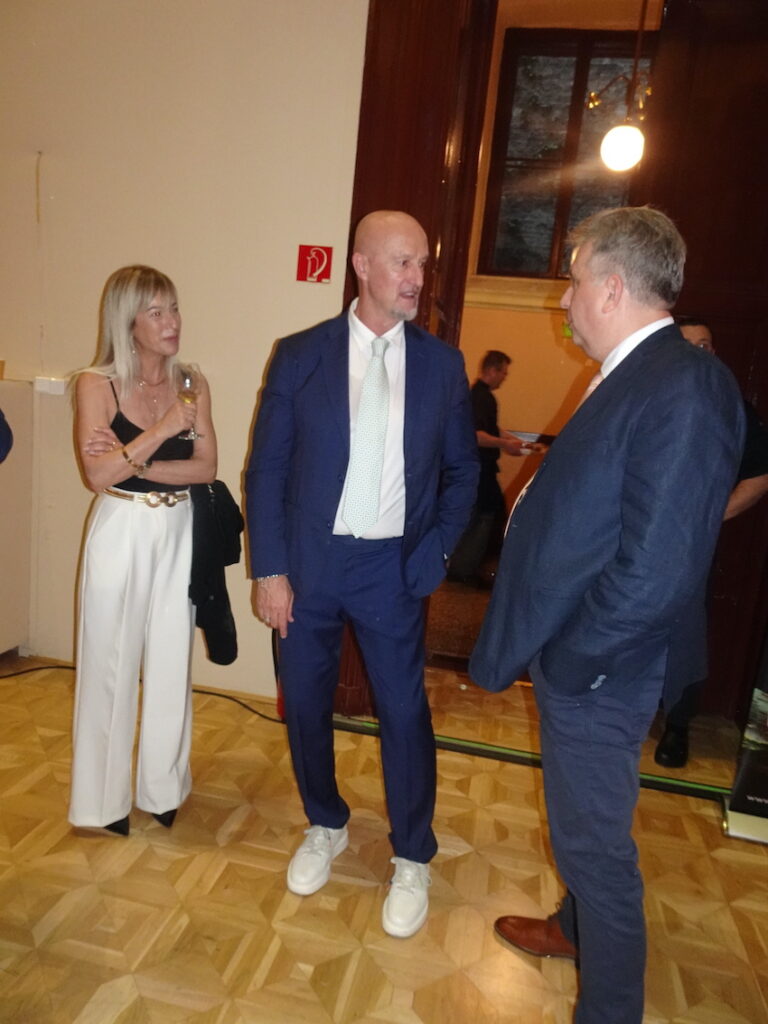



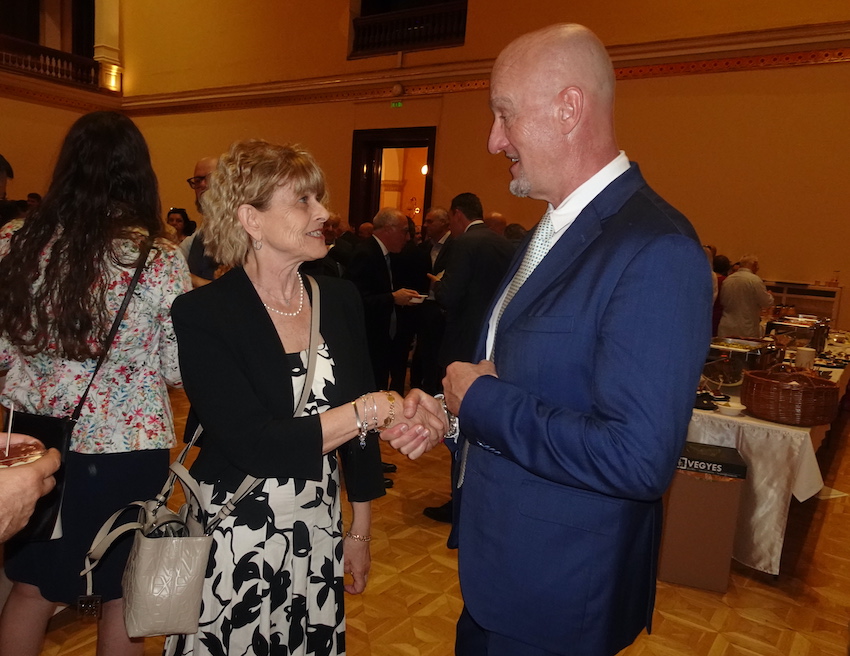

Following the Italian national anthem, the ceremony was opened by H.E. Manuel Jacoangeli, Ambassador of the Republic of Italy to Hungary.
In his speech, the Head of Mission recalled the fruitful collaboration between the Italian and Hungarian institutions and the extraordinary intensity of their relations in social, cultural and economic spheres:

“I am very pleased to welcome you to the 77th anniversary of the Italian Republic, at the Italian Cultural Institute in Budapest, in this monumental building related to Hungarian history, which housed the first Hungarian Parliament. The room we are in now was in fact once the Plenary Hall of the Assembly. I greet the Hungarian Authorities present, my fellow Ambassadors and members of the Italian community in Hungary, to whom I dedicate a part of my speech in our language.
National days are above all an opportunity to take stock of bilateral relations: from this point of view, I observe with great pleasure that relations between Italy and Hungary are excellent in all sectors.The approach of the Italian government is marked by great friendship and interest in further deepening this already close collaboration. And for this I also thank the high Hungarian authorities present.
However, national days are also an opportunity to look at current international affairs, dominated again this year by the Russian aggression against Ukraine. In this regard, I would like to underline how bleak is the picture created by this unfortunate initiative in terms of the many serious breaches of fundamental rights; deaths, injuries, let us think of the tragedy of children, the systematic destruction of cities, etc., there is nonetheless an element that can give us confidence.
We believe in human rights and fundamental Western values, in the role of NATO, and believe that the European Union represents our common future and that it will continue the process of integration and enlargement with new candidate countries, including Ukraine.
In the last 15 months marked by the war, we have received full confirmation of our own values and convictions. In recent weeks, the President of Ukraine has visited various European capitals: when he met Italian Prime Minister Giorgia Meloni in Rome, President Zelensky thanked her for the support provided by Italy, our Prime Minister replied that Italy thanks him for defending the European values.
We all hope that the coming months can bring us peace. Naturally, we need to reach a just peace and not a hypocritical peace, which only serves to legitimize the invasion of part of Ukrainian territory and the loss of that country’s sovereignty.
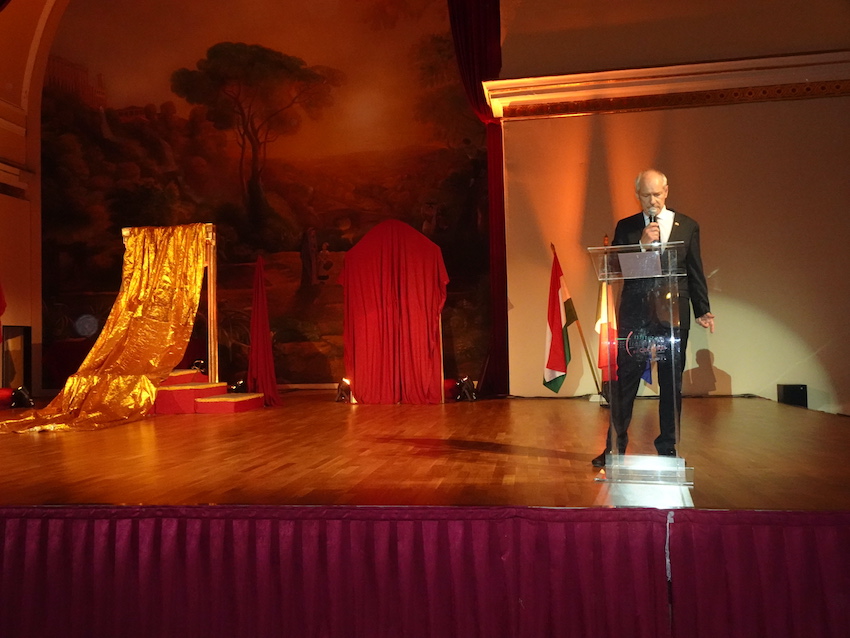



Now I would like to go back a few centuries, to the 16th century, and tell you that this evening marks the opening of the exhibition entitled ‘The Splendour of the Renaissance’. This unique collection, which draws inspiration from famous Italian paintings of the Renaissance, presents stunning reconstructions of the splendid ceremonial dresses of the Princes and Princesses of the time. Displayed in the premises of the Italian Cultural Institute, the exhibition will be inaugurated with a special performance on our stage to give a hint of the magical and elegant atmosphere of Renaissance Court Feasts.”
“Viva l’Italia, viva l’Ungheria!”
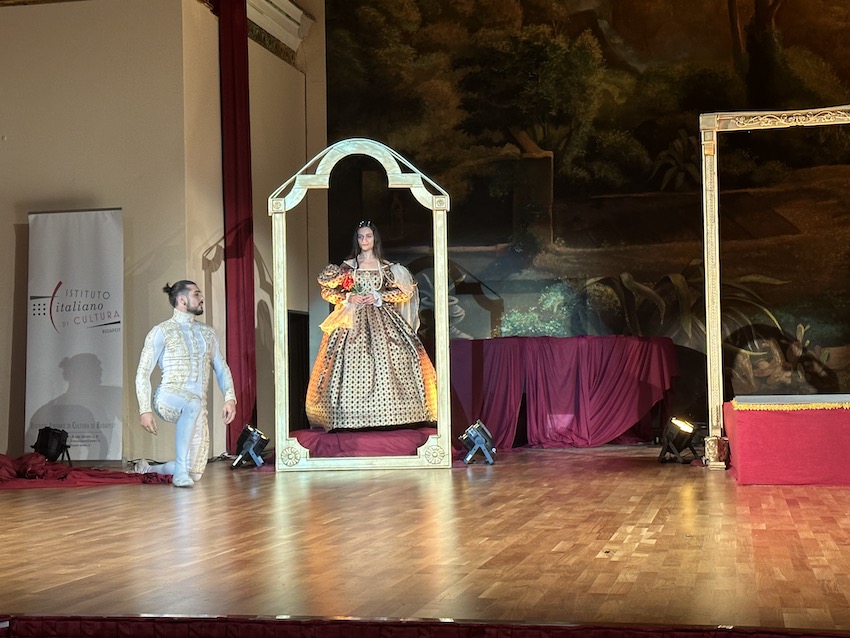
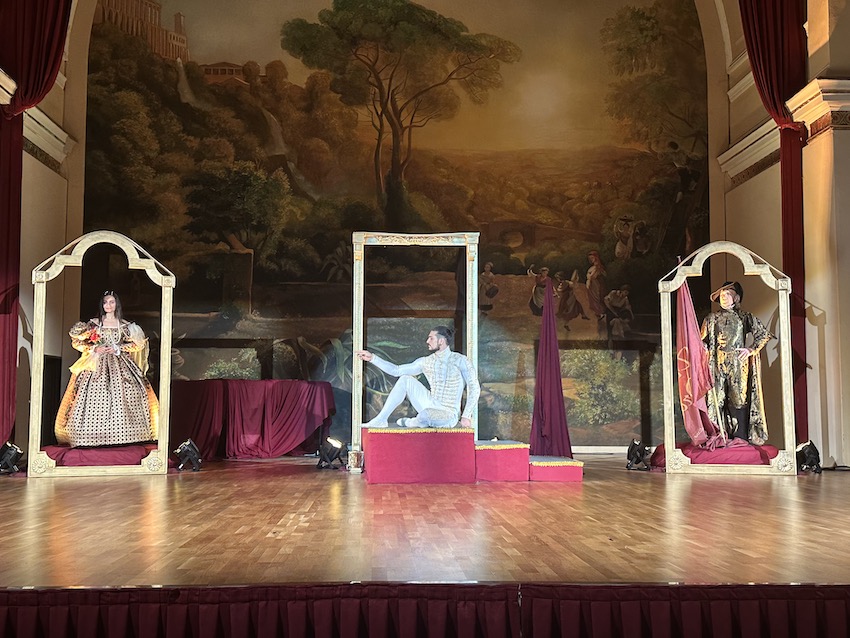


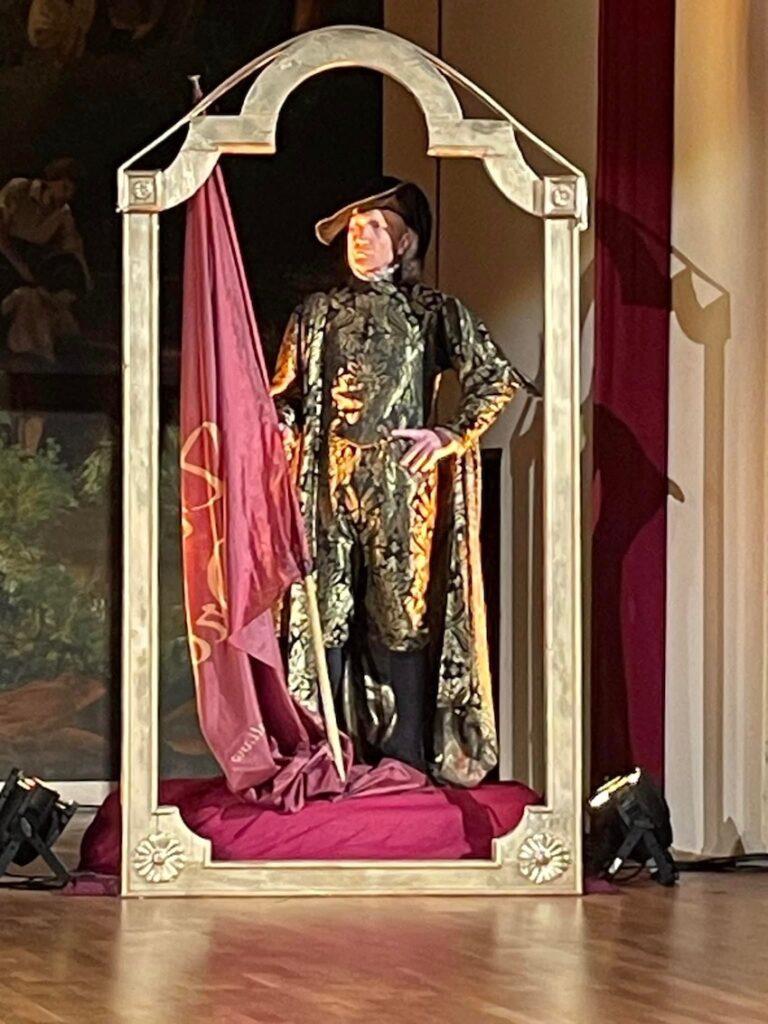

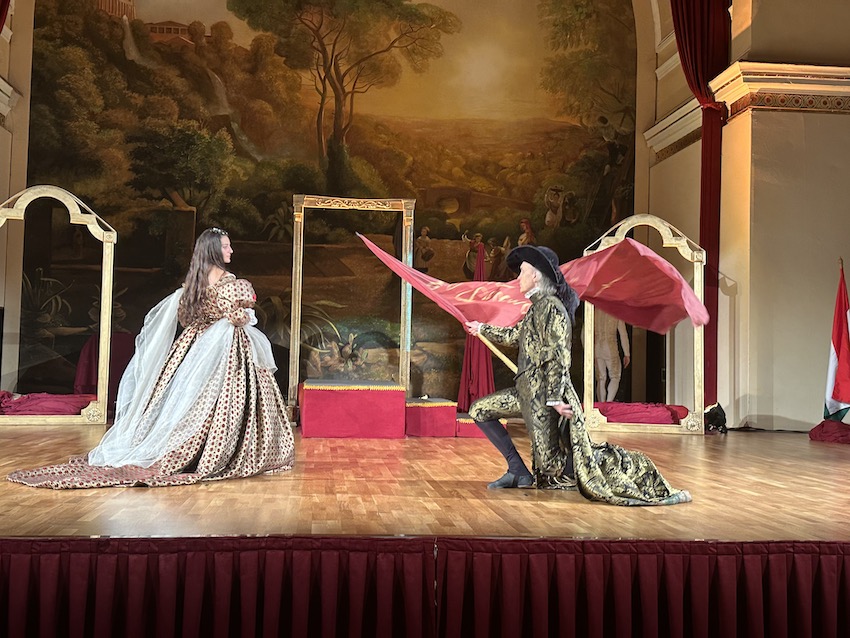

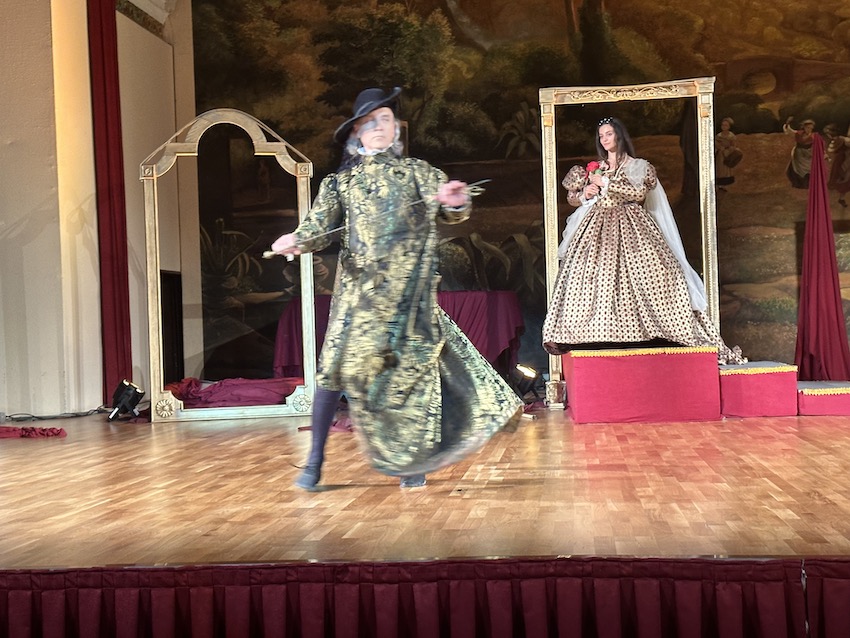
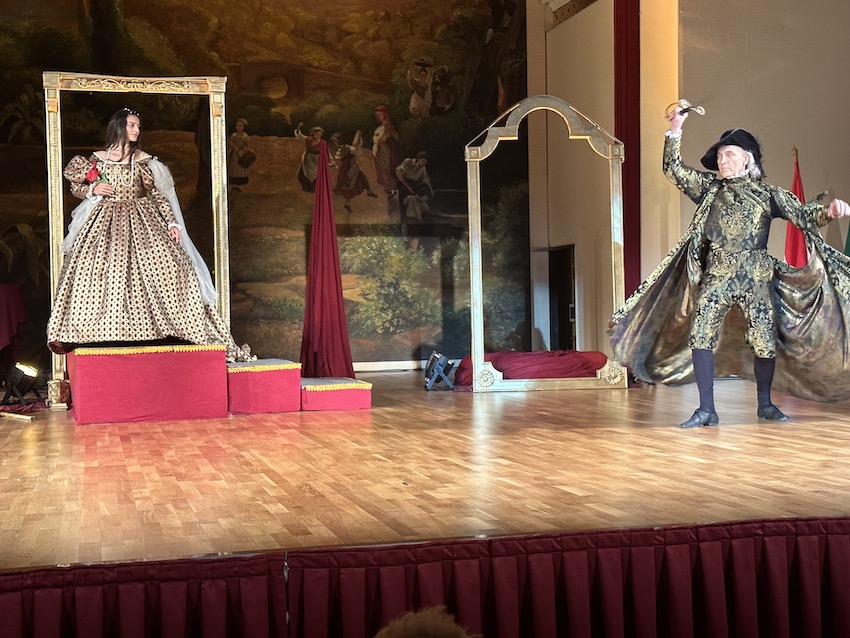
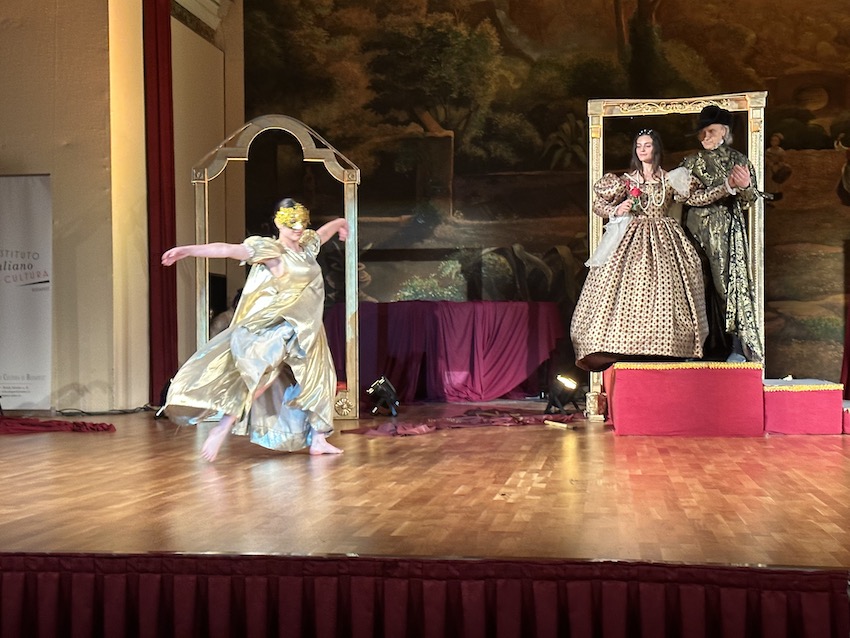
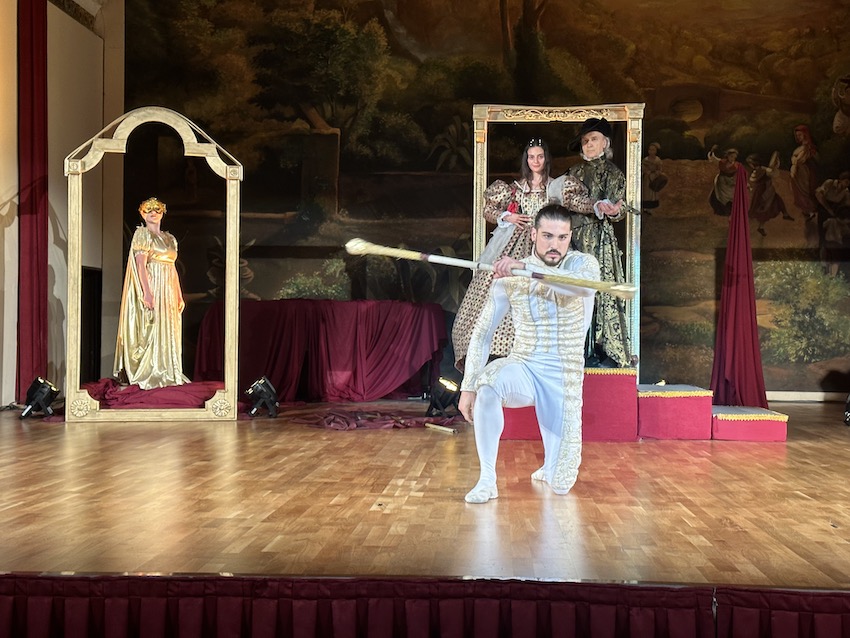
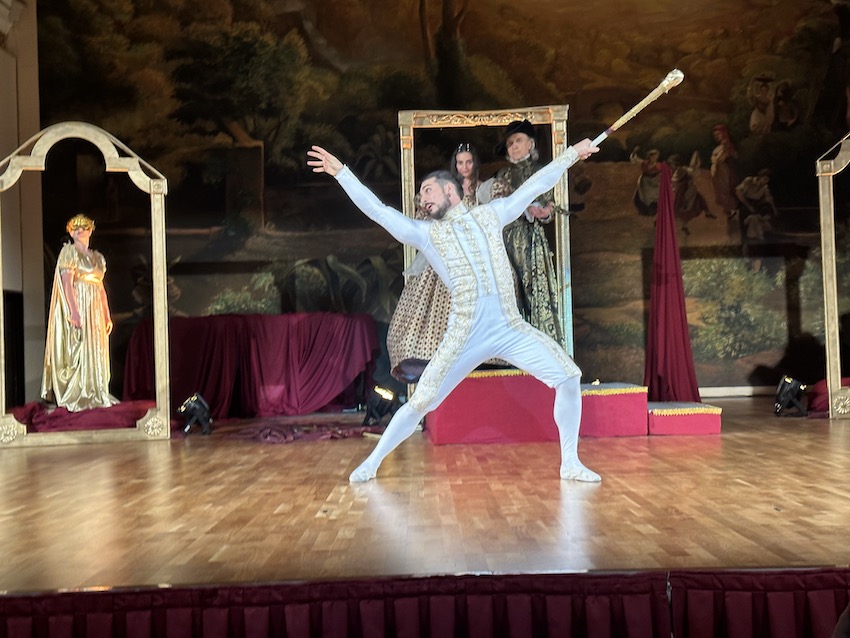

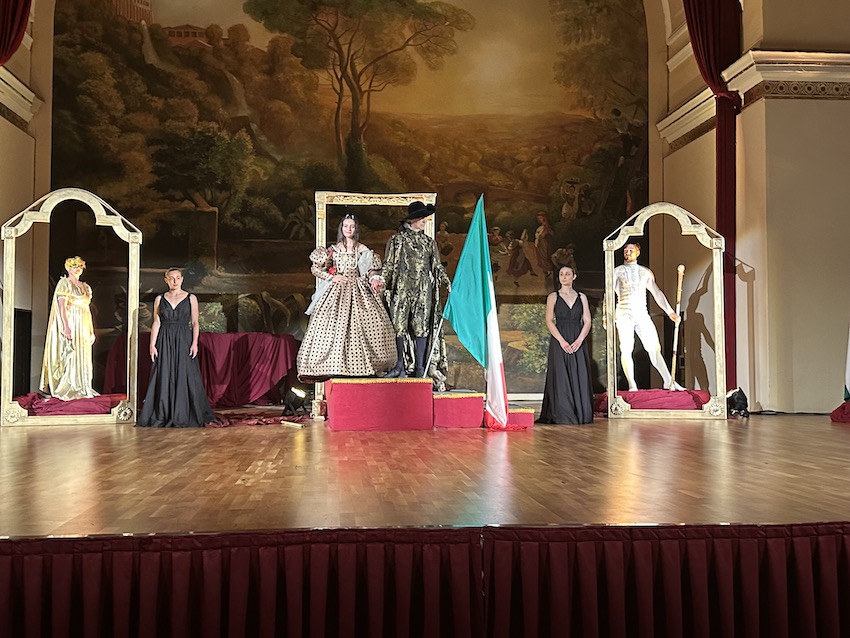
About the project The Splendour of the Renaissance
In 1989 a new project was launched in the city of Mantua (Mantova in Lombardy) as a unique experiment, declared a World Heritage site together with the city of Sabbioneta. Mantua’s historical power and influence under the Gonzaga princely family during the Renaissance period have made it one of the main artistic, cultural and musical centres of northern Italy and the country as a whole.
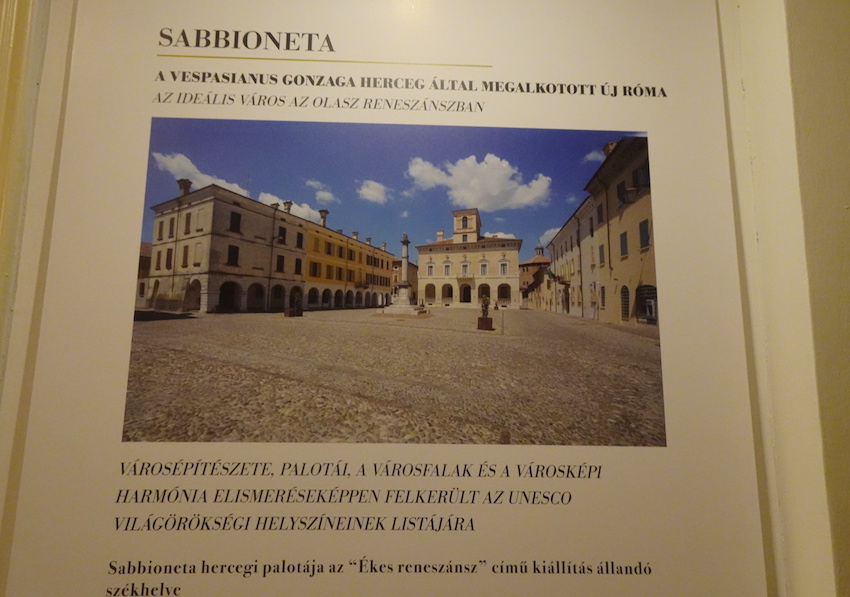
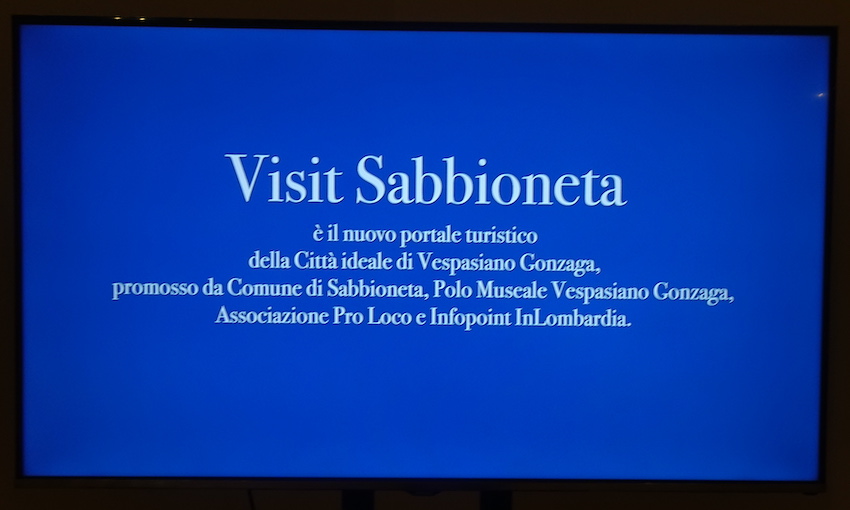

Based on the idea of Fausto Fornasari, the project was created in cooperation with the cultural association Invito a Corte and the King Studio, the workshop of applied arts, the Italian Ministry of Culture and the Ministry of Foreign Affairs and International Cooperation. Fausto became director and the curator of the project. Their aim was to bring the widest possible audience closer to both the material and the intellectual cultural heritage, emphasizing its timeless values as an absolute timely initiative.
The reconstruction of Renaissance textiles, clothes and real events serves as an innovative key of interpretation, contributing to rediscover the culture of Renaissance and to bring art, architecture and history closer to the public. The project is getting richer every year, and the reconstruction technologies, which have been almost completely unexplored in this area, are becoming more and more perfect.
The essence of the project is the faithful reconstruction of some Renaissance aristocratic costumes. These outfits are replicas of pieces from the most famous paintings of this extraordinary period of art that are still very inspiring.
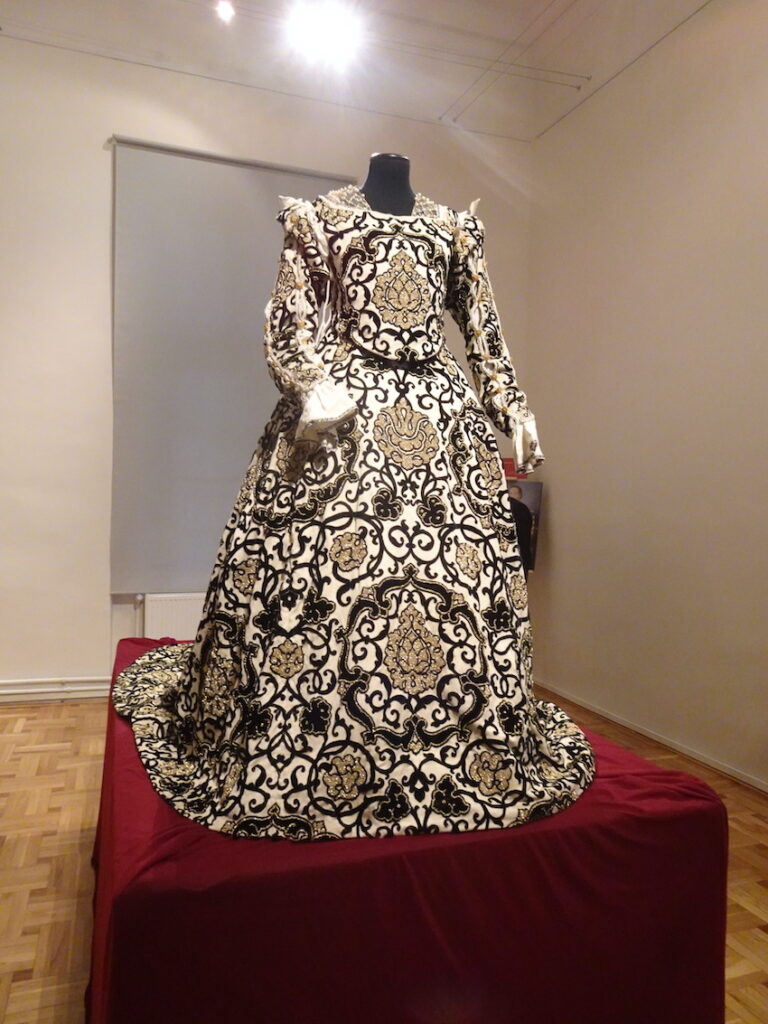
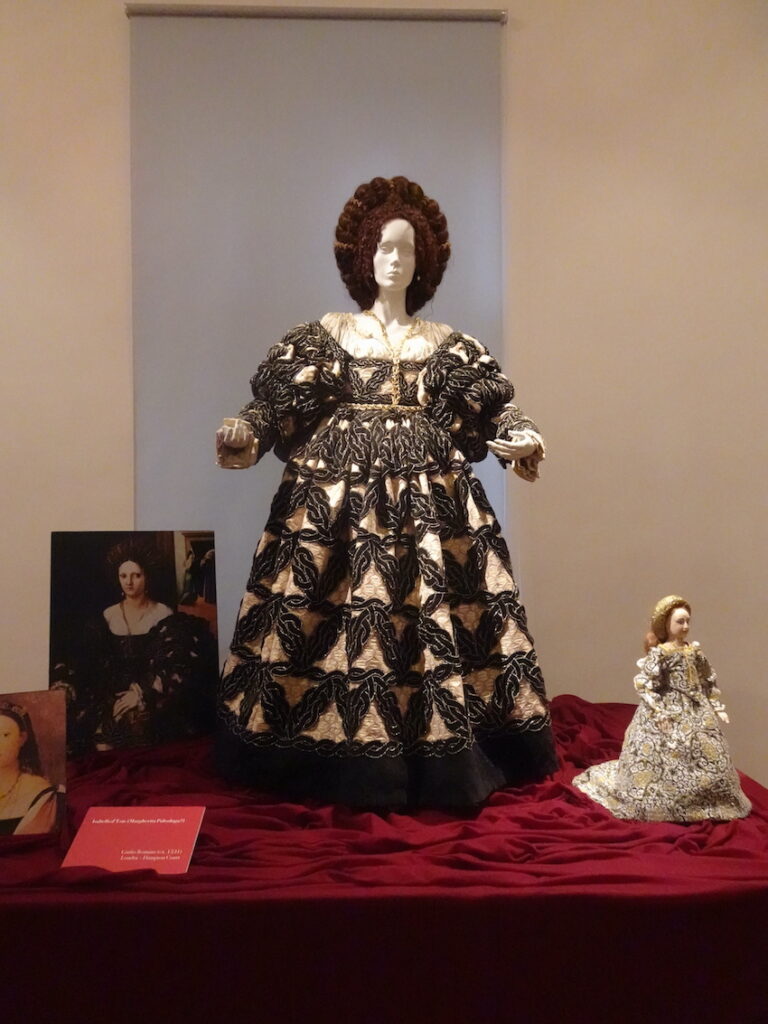
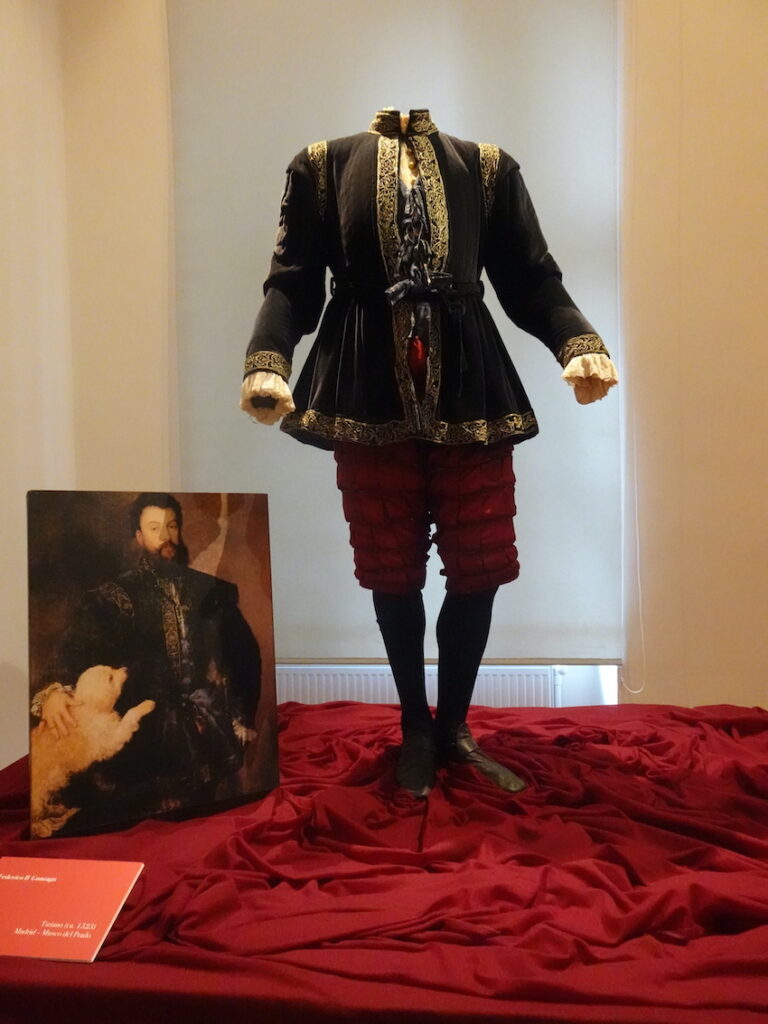
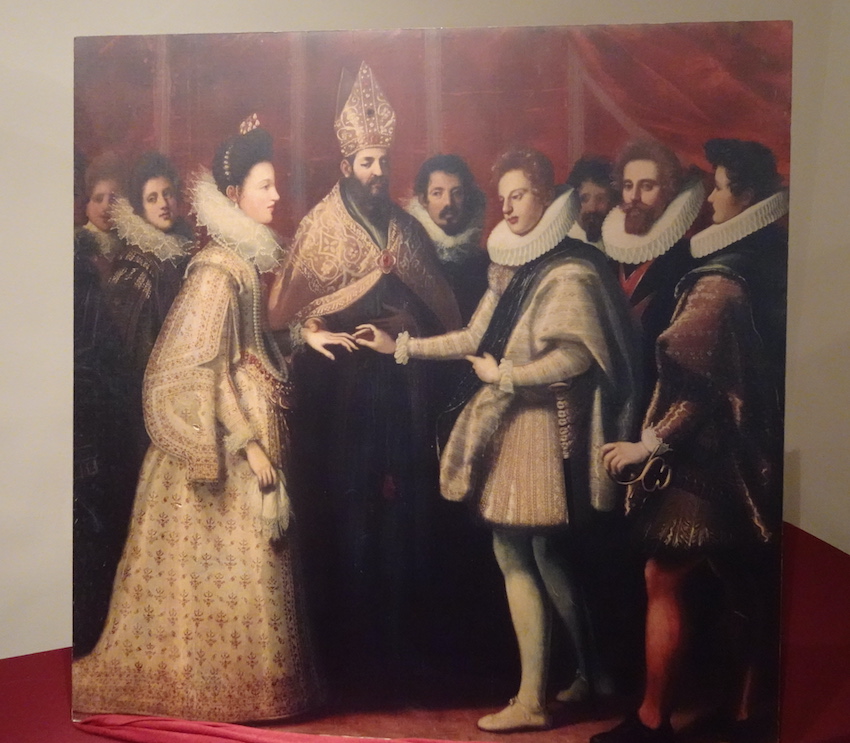
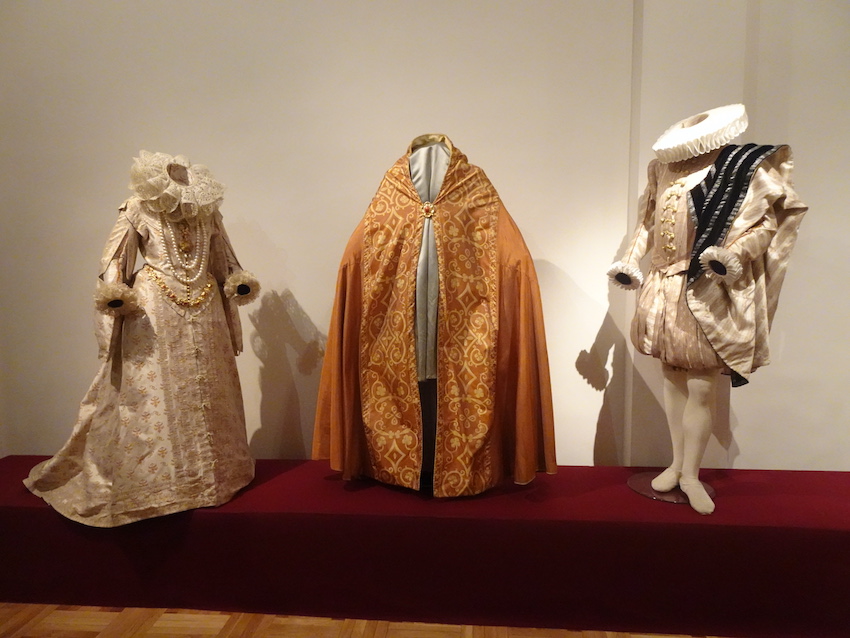

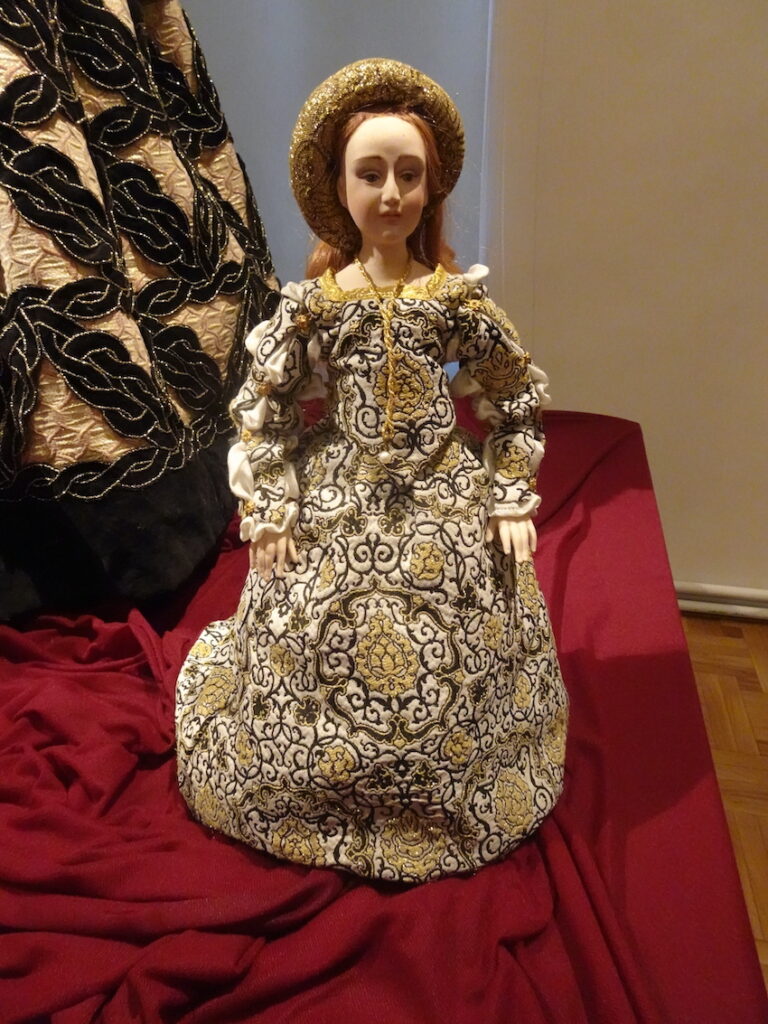
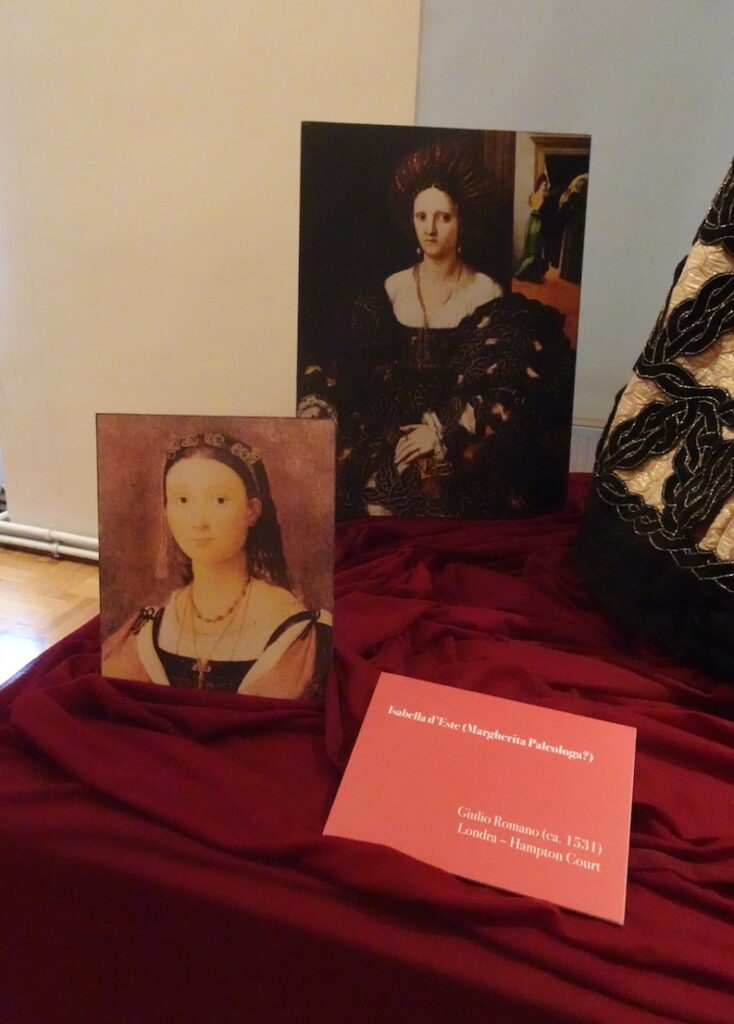
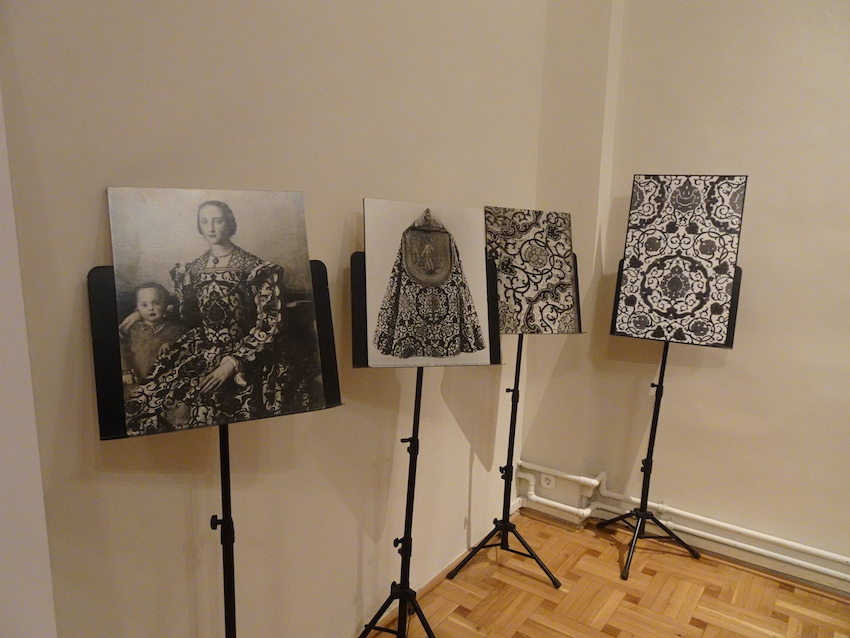




Since no original clothes from the Renaissance and Baroque periods have survived, they could only be brought back to life through experimentation, years of thorough research and careful reconstruction by the joint work of Italian artists and artisans, using textures as similar as possible to the original lost today. The displayed attires are among the most magnificent and valuable pieces that have been reconstructed during the exhibition project, which has been running for many years.

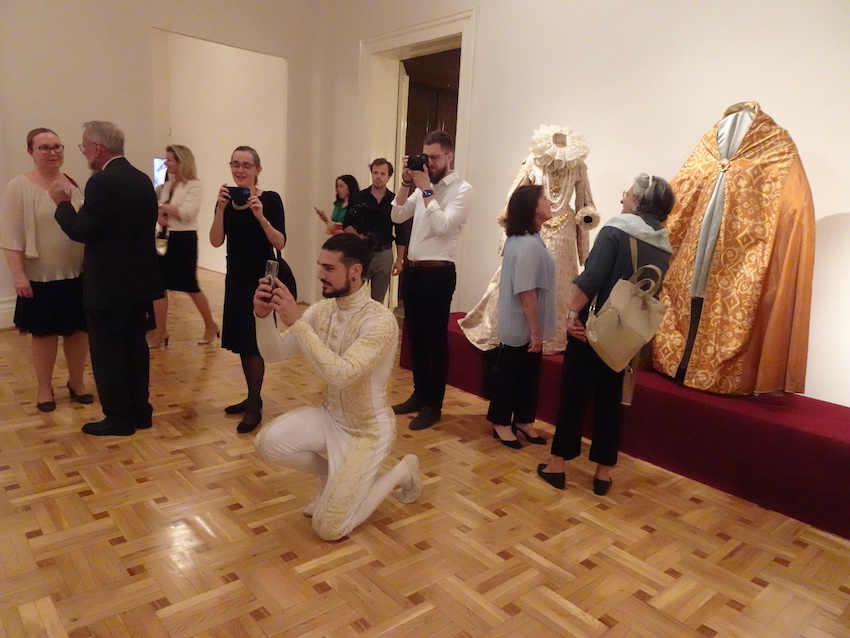

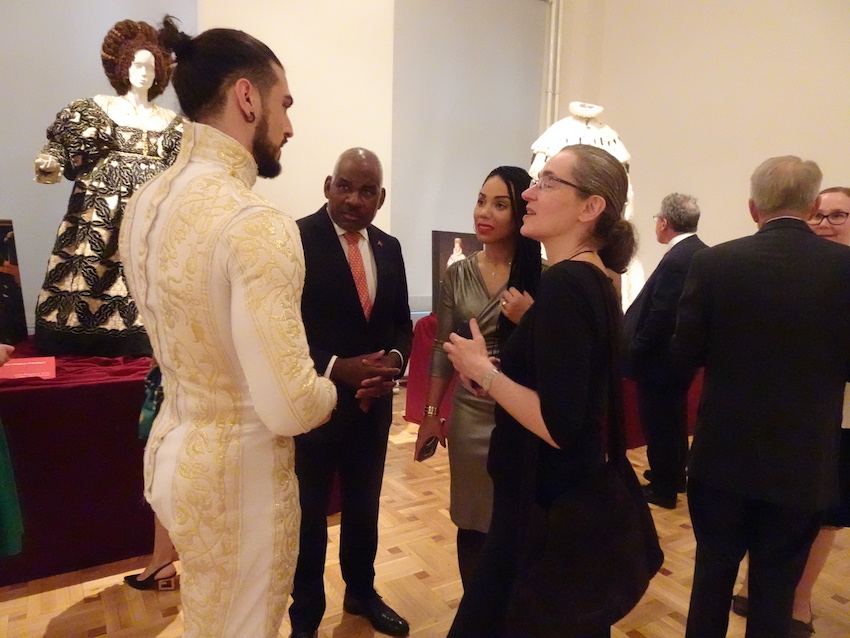
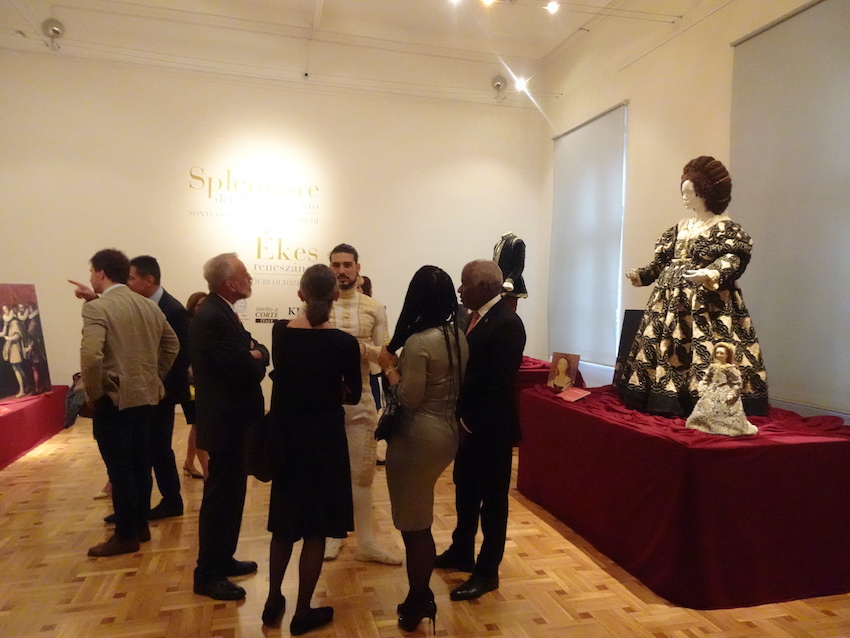

Clothing as a Symbol in the Renaissance:
Clothing has never had such symbolic value as it did in the Renaissance. The clothes worn by a person identified the wearer with a certain social category and illustrated rank, role and power within it. Festive and ceremonial dresses in this era were certainly the most sumptuous in the history of western culture. They were made of expensive fabrics and decorated with embroidery, lace and jewels.
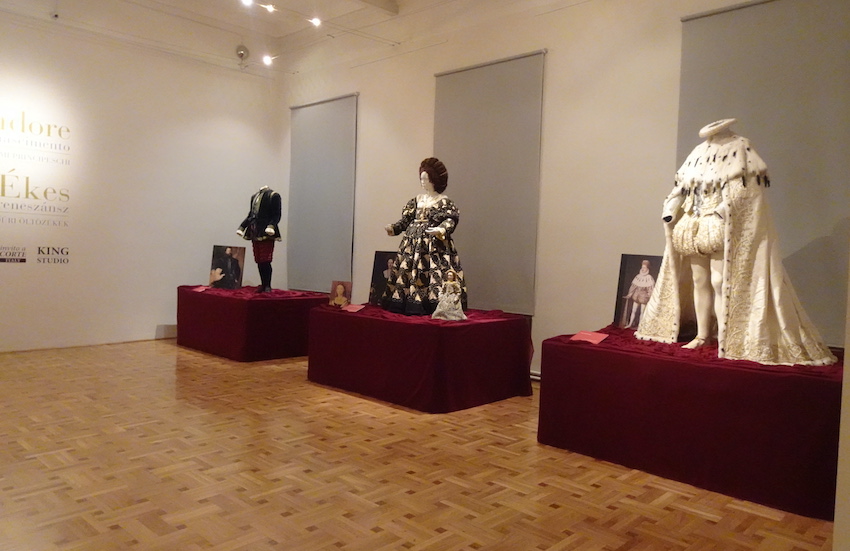

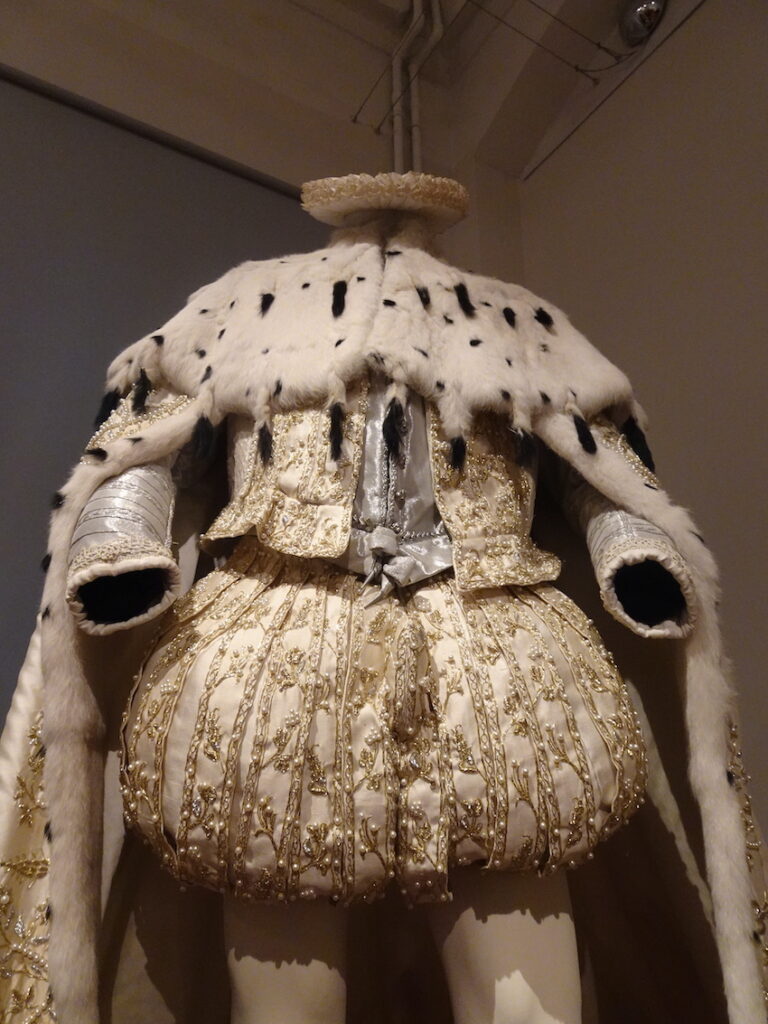

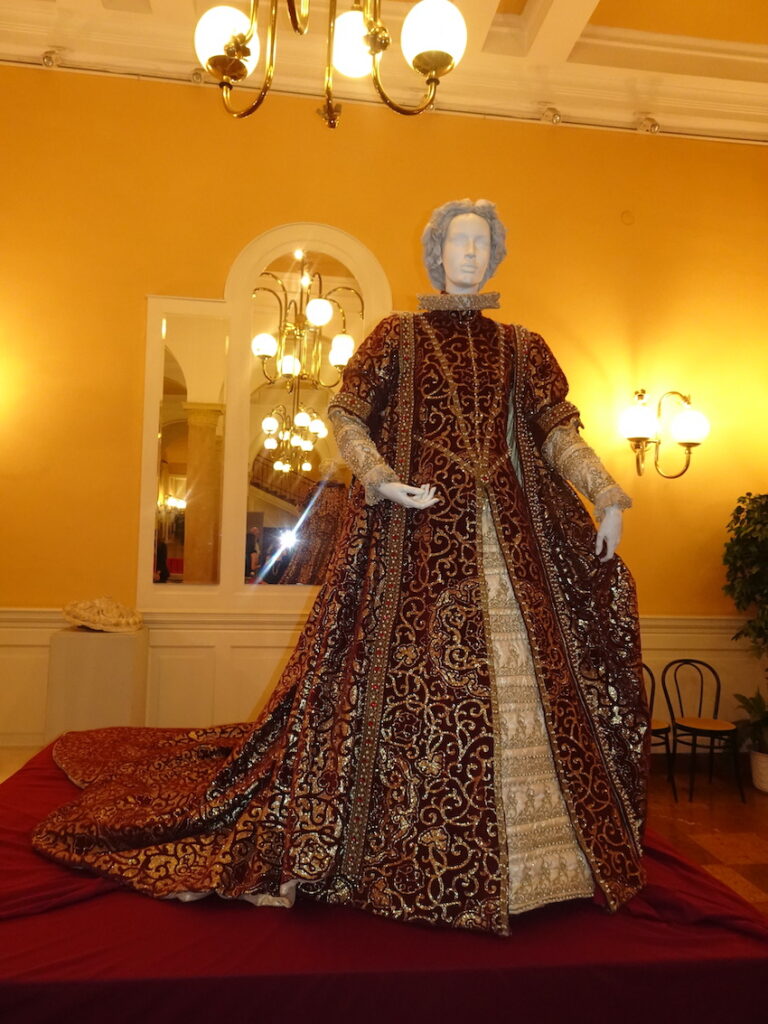
Unique for their beauty and exclusivity, the costumes represent masterpieces of Italian tailoring and craft, clearly showing the well-known Italian creativity, the extraordinary design and the fine quality of the clothes, which is a great heritage transmitted from generation to generation.
The professionals and artisans involved in the exhibition project use the most complex techniques and the most valuable materials, and the results of their craftsmanship are the spectacular dresses presented to the public.
The collection was first exhibited in Mantua between 1993-2001 and later toured many countries and cities on three continents of the world in the last 22 years: New York, Washington, Montreal, Buenos Aires, Montevideo, Santiago, Lima, La Paz, Rio de Janeiro, Sao Paolo, Hong Kong, Macao, Beijing, Bangkok, Madrid, Barcelona, Seville, Strasbourg, Vilnius and Belgrade. All this has been realised in cooperation with the Ministry of Foreign Affairs and Cooperation in Rome, Italian embassies, consulates, cultural institutes and the museums of the host cities.
The Republic Day celebration ended with a grand reception, offering specialities of the Italian gastronomy.
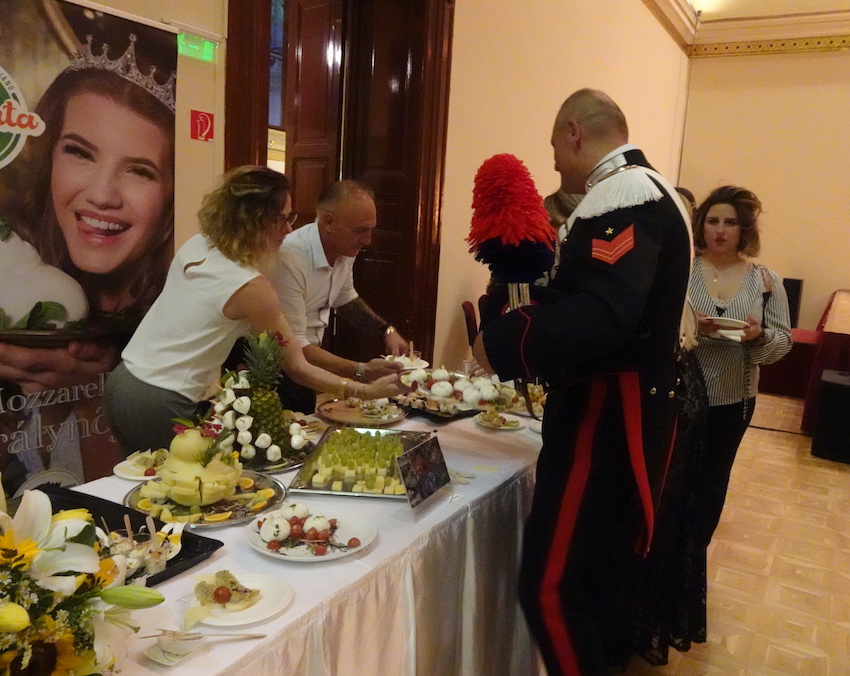
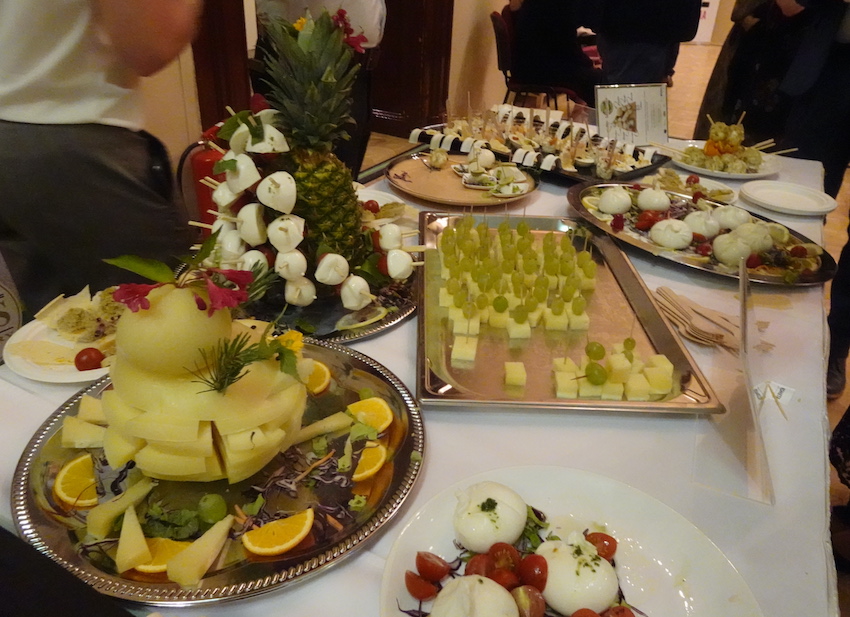
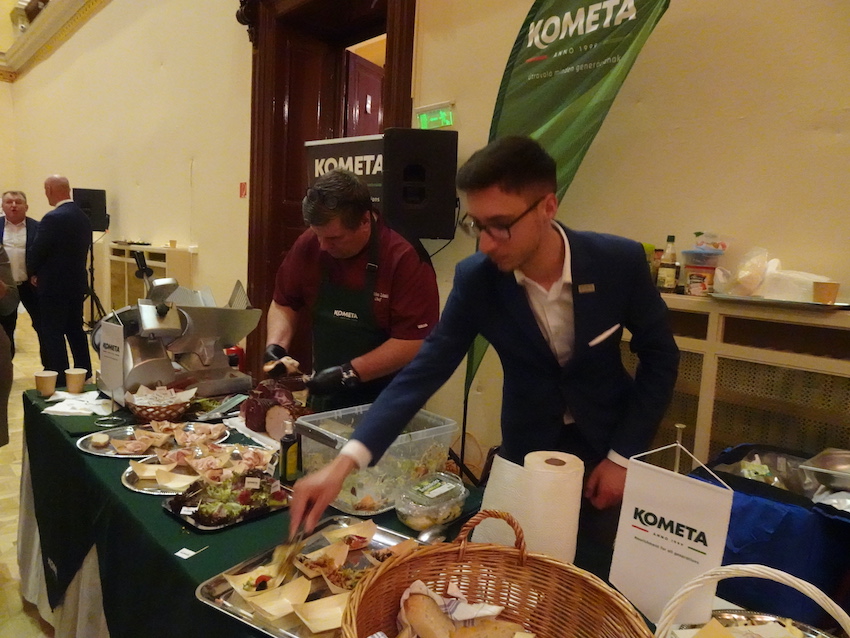




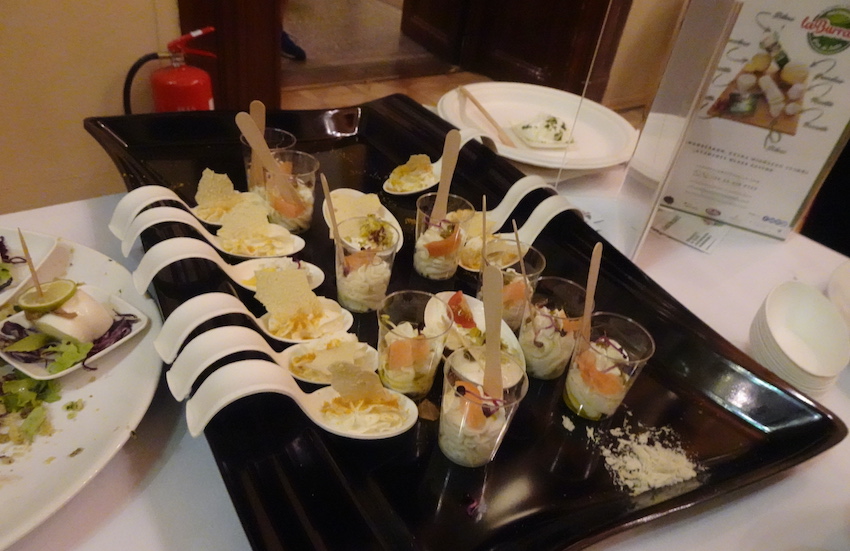

Sources: Embassy of Italy in Budapest,
Italian Cultural Institute (IIC) Budapest

